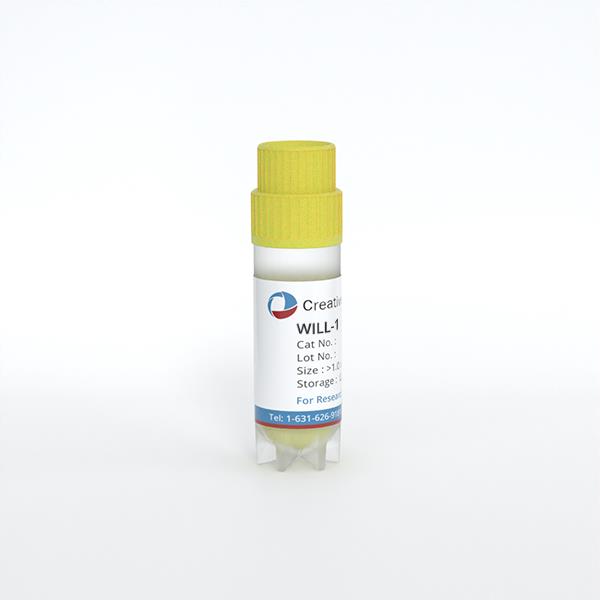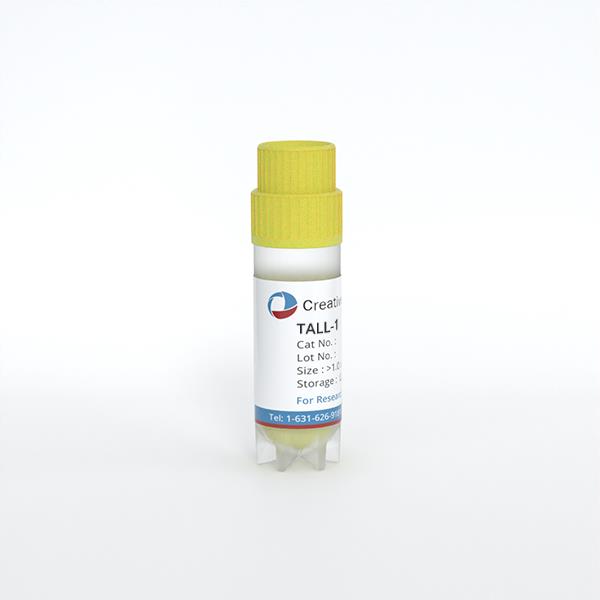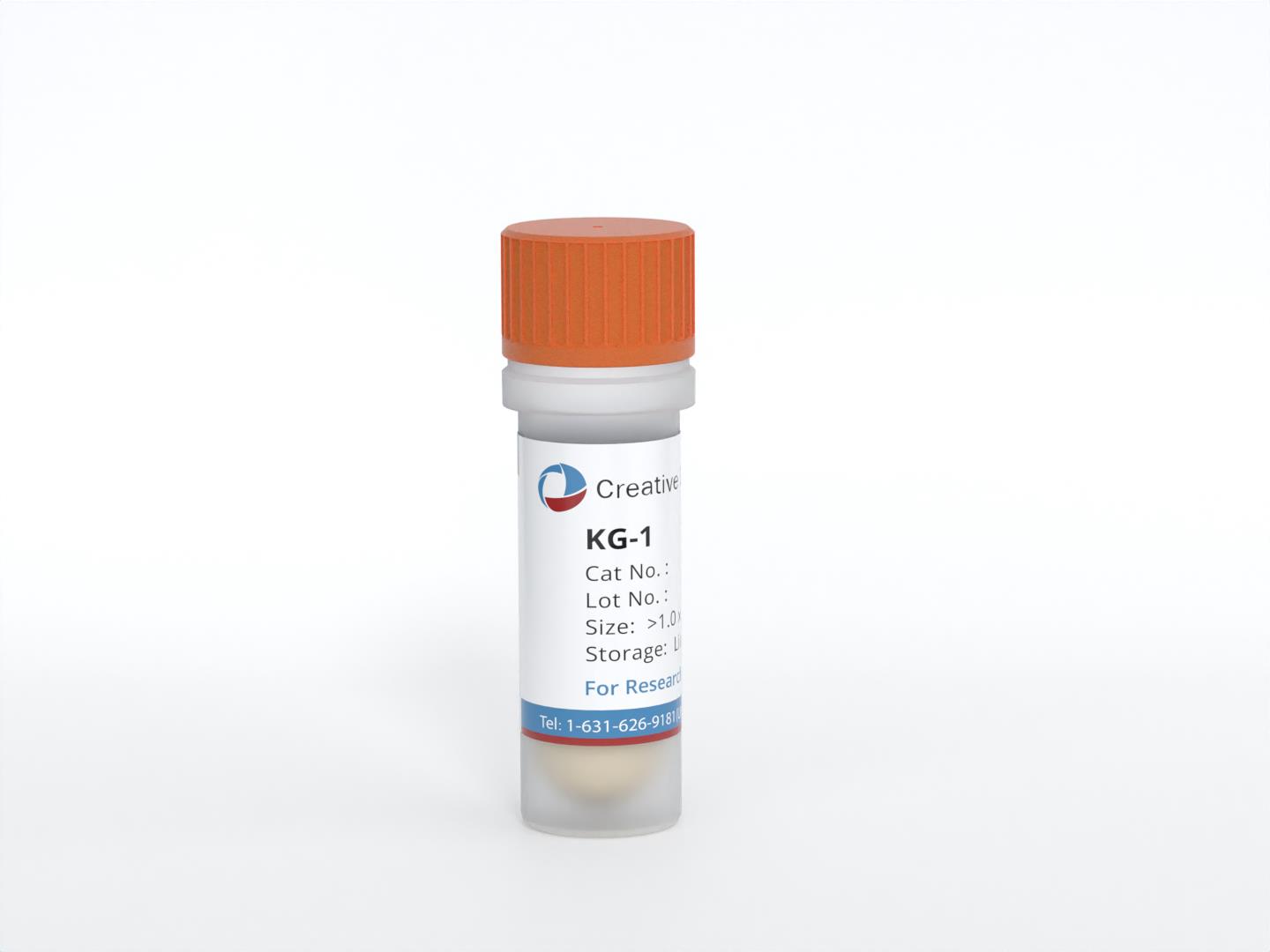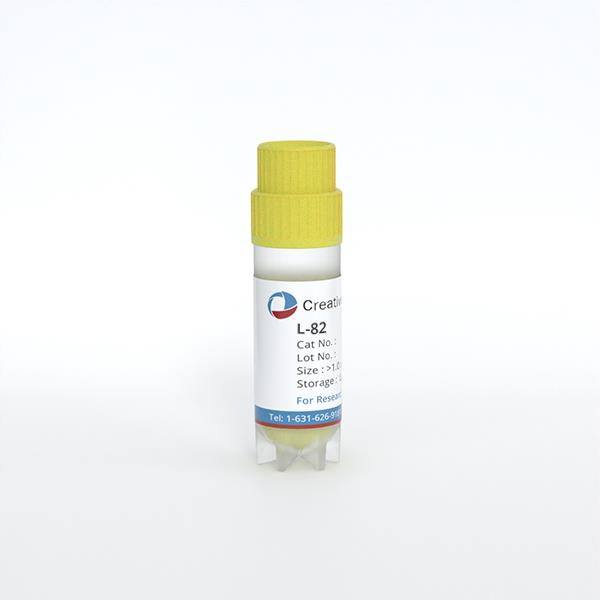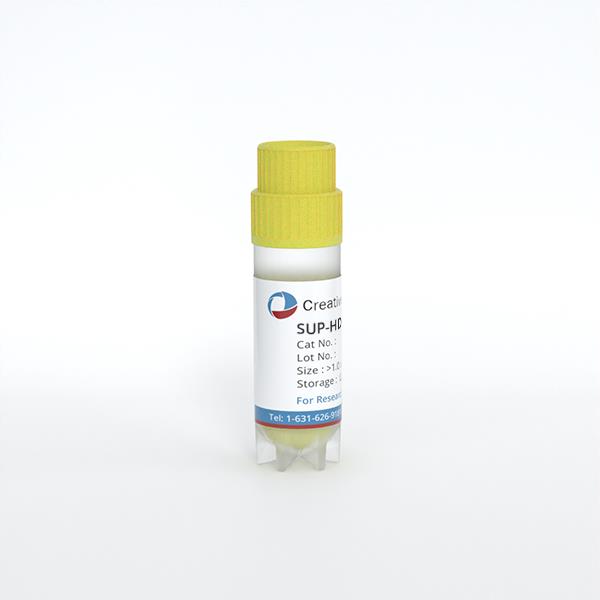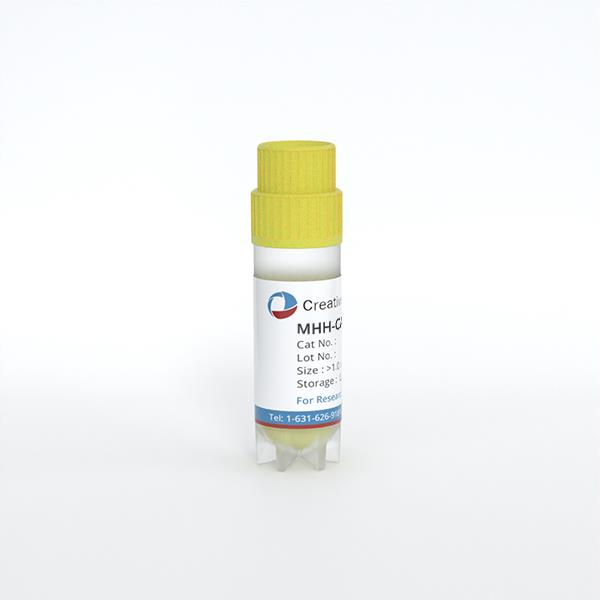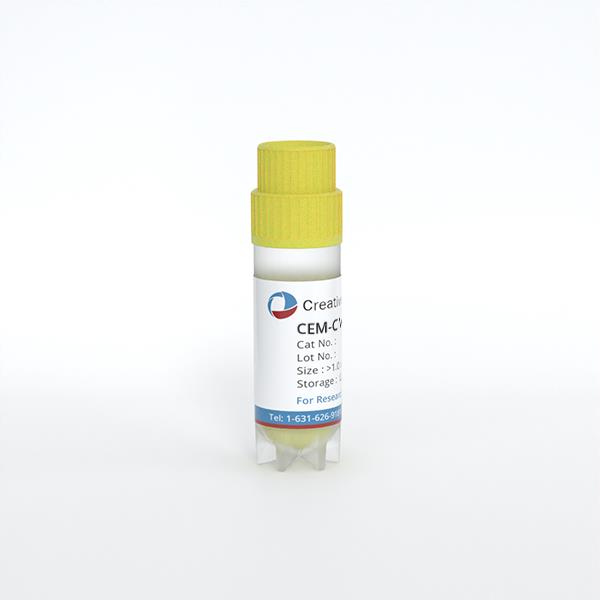
CEM-CM3
Cat.No.: CSC-C9357L
Species: Homo sapiens (Human)
Source: Blood; Peripheral Blood
Morphology: lymphoblast
Culture Properties: suspension
- Specification
- Q & A
- Customer Review
Cat.No.
CSC-C9357L
Description
Species: human - female, 4 years old, Caucasian
Histopathology: leukemia, acute lymphoblastic
Note: this line was derived from CCRF-CEM by selecting for resistance to 8-azaguanine; the line has been used as a fusion partner in the production of human-human T cell hybridomas
Histopathology: leukemia, acute lymphoblastic
Note: this line was derived from CCRF-CEM by selecting for resistance to 8-azaguanine; the line has been used as a fusion partner in the production of human-human T cell hybridomas
Species
Homo sapiens (Human)
Source
Blood; Peripheral Blood
Culture Properties
suspension
Morphology
lymphoblast
STR DNA Profile
D3S1358: 15
vWA: 18,19
FGA: 23,24
Amelogenin: X
TH01: 6,7
TPOX: 8
CSF1P0: 11
D5S818: 12,13
D13S317: 12
D7S820: 10,13
vWA: 18,19
FGA: 23,24
Amelogenin: X
TH01: 6,7
TPOX: 8
CSF1P0: 11
D5S818: 12,13
D13S317: 12
D7S820: 10,13
Disease
Childhood T Acute Lymphoblastic Leukemia
Quality Control
Tests for mycoplasma, bacteria and fungi were negative
Storage and Shipping
Frozen with 52.5% RPMI-1640, 40% FBS, 7.5% DMSO at about 4-5 x 10^6 cells/ampoule
Shipping Condition: Room Temperature
Shipping Condition: Room Temperature
Synonyms
CCRF-CEM C3; CEM-C3; CEM/C3; CEMC3
Citation Guidance
If you use this products in your scientific publication, it should be cited in the publication as: Creative Bioarray cat no.
If your paper has been published, please click here
to submit the PubMed ID of your paper to get a coupon.
Ask a Question
Write your own review
- You May Also Need
Related Products
Featured Products
- Adipose Tissue-Derived Stem Cells
- Human Neurons
- Mouse Probe
- Whole Chromosome Painting Probes
- Hepatic Cells
- Renal Cells
- In Vitro ADME Kits
- Tissue Microarray
- Tissue Blocks
- Tissue Sections
- FFPE Cell Pellet
- Probe
- Centromere Probes
- Telomere Probes
- Satellite Enumeration Probes
- Subtelomere Specific Probes
- Bacterial Probes
- ISH/FISH Probes
- Exosome Isolation Kit
- Human Adult Stem Cells
- Mouse Stem Cells
- iPSCs
- Mouse Embryonic Stem Cells
- iPSC Differentiation Kits
- Mesenchymal Stem Cells
- Immortalized Human Cells
- Immortalized Murine Cells
- Cell Immortalization Kit
- Adipose Cells
- Cardiac Cells
- Dermal Cells
- Epidermal Cells
- Peripheral Blood Mononuclear Cells
- Umbilical Cord Cells
- Monkey Primary Cells
- Mouse Primary Cells
- Breast Tumor Cells
- Colorectal Tumor Cells
- Esophageal Tumor Cells
- Lung Tumor Cells
- Leukemia/Lymphoma/Myeloma Cells
- Ovarian Tumor Cells
- Pancreatic Tumor Cells
- Mouse Tumor Cells
Hot Products
